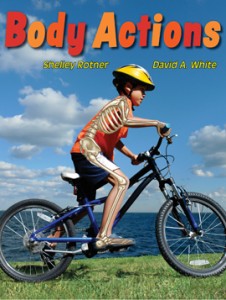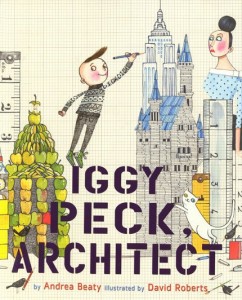 Summer in Michigan means swimming in lakes, running through sprinklers, diving into pools. It’s a good time of year to share All the Water in the World by George Ella Lyon and Katherine Tillotson.
Summer in Michigan means swimming in lakes, running through sprinklers, diving into pools. It’s a good time of year to share All the Water in the World by George Ella Lyon and Katherine Tillotson.
Science, poetry, and art swirl together in this gorgeous picture book.
“That rain
that cascaded from clouds
and meandered down mountains,
that wavered over waterfalls
then slipped into rivers
and opened into oceans,
that rain has been here before.”
All the water in the world is all the water this world will ever have, so it’s our responsibility to keep this precious resource clean. George Ella Lyon has a free teacher’s guide on her website: georgellalyon.com with plenty of extension activities. I think it’s cool to recreate the water cycle with your students by putting hot water and a glass in a clear bowl, and covering the bowl with plastic cling wrap so they can see evaporation and condensation (for a much better explanation, go to easy-science-experiments.com). Talk about the lyrical language Lyon chose as well as the facts of the water cycle and you’ll hit the Core Standards of Craft & Structure plus Key Ideas & Details (love the two-fer!) Pay homage to Tillotson’s flowing art by pulling out the watercolors to illustrate the water cycle or why water is so important. And if it’s as hot where you are as it is in Michigan, get out the sprinklers as well!




